Best Western: The Comeback Of The De Anza Motor Lodge
The Artistic History And Impending Comeback Of The De Anza Motor Lodge
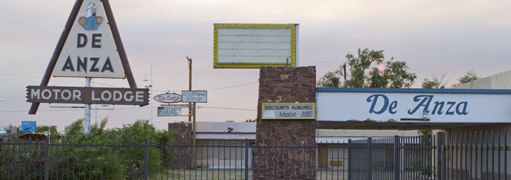
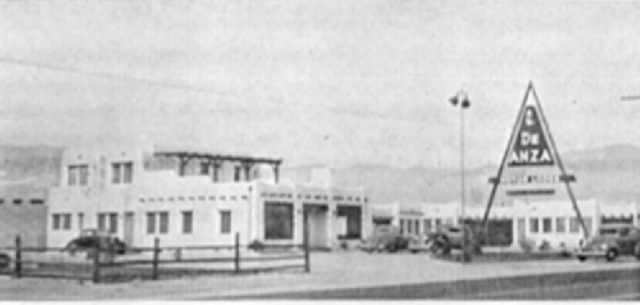
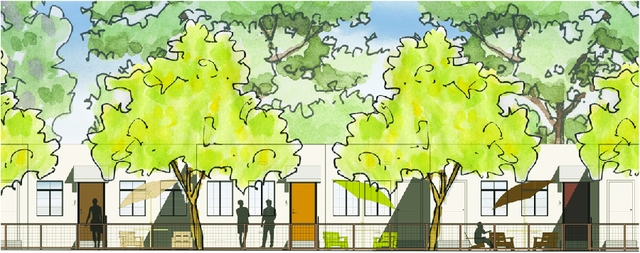
This is how the De Anza’s western face may look some day.

A rendering of the De Anza’s Central elevation by Integrated Design & Architecture
Integrated Design & Architecture

’40s era

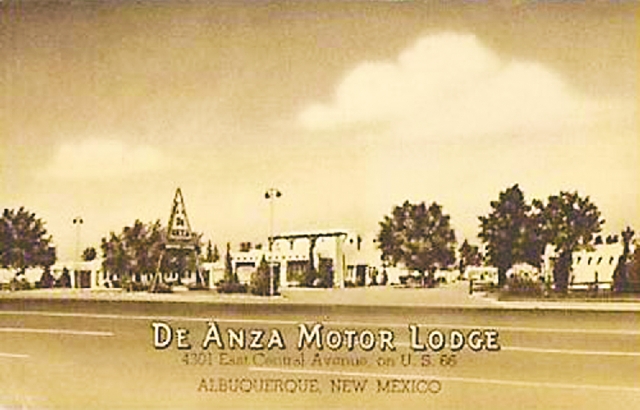

’50s era
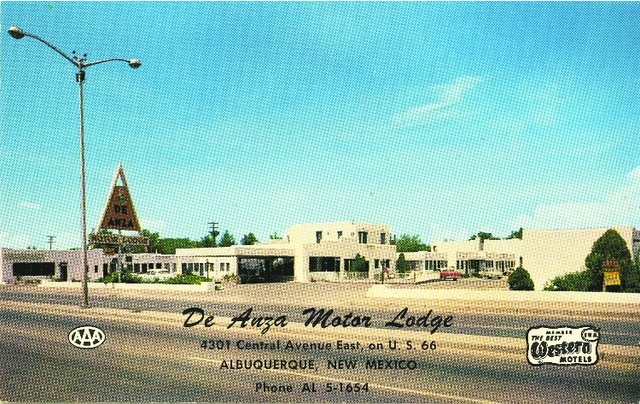
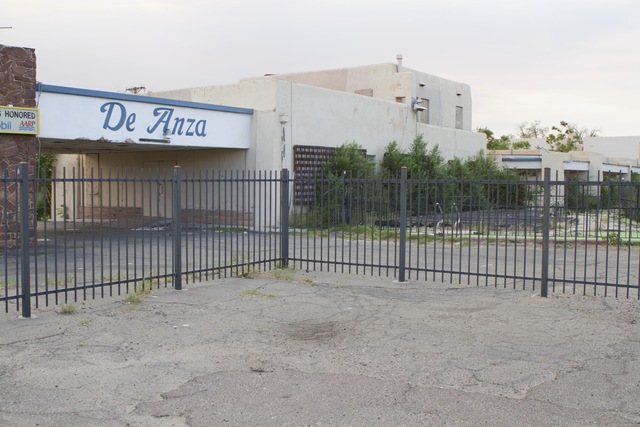
The motel today
Eric Williams ericwphoto.com

Eric Williams ericwphoto.com
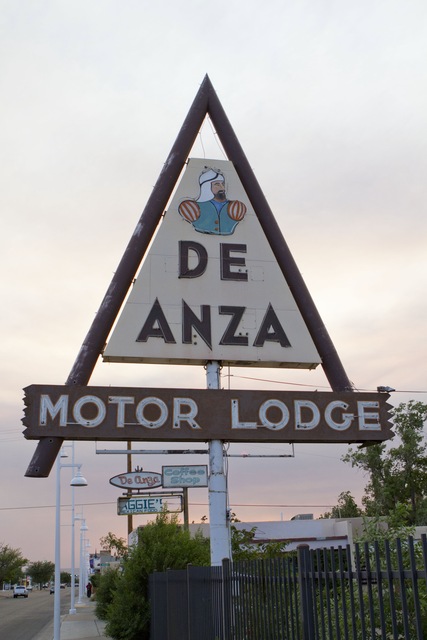
Eric Williams ericwphoto.com

Eric Williams ericwphoto.com
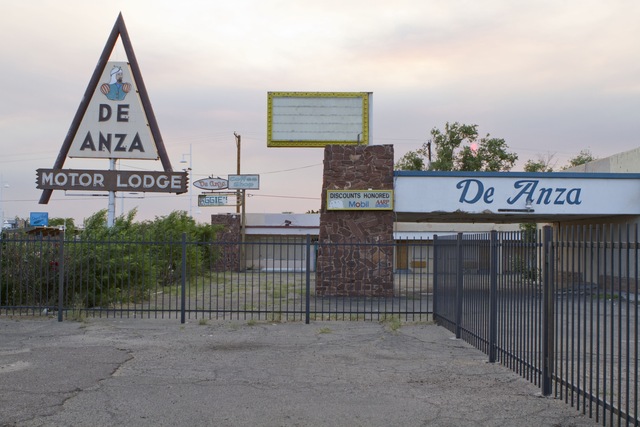
Eric Williams ericwphoto.com








